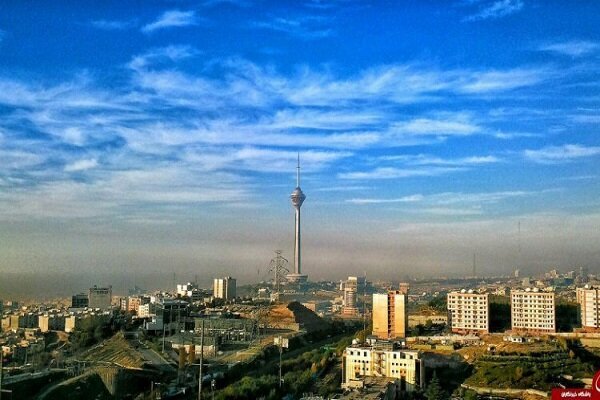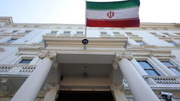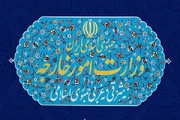Many countries across the world declared a lockdown to prevent disease transmission, so that polluted megacities such as Bangkok, Beijing, New Delhi, Sao Paulo, and Bogota, all reported an unprecedented decline in air pollution.
A national social distancing plan started in Iran on March 28 to stop the spread of the virus, which resulted in a 50 to 90 percent reduction in traffic in cities. This is while the capital city of Tehran is still choking on NOX pollutants.
Ozone in the lower atmosphere is formed by the reaction of sunlight on air containing hydrocarbons and nitrogen oxides (NOX) that react to form ozone directly at the source of the pollution namely, cars, industry, gas vapors, chemical solvents, fuel combustion.
According to the statistics published by Air Quality Control Company, the Tehran air quality index (AQI) demonstrated 14 days of excellent air since the beginning of this year (March 21), while during the same period last year, Tehraners breathed 22 days of clean air.
An AQI is used to communicate to the public how polluted the air currently is or how polluted it is forecast to become.
The index categorizes conditions according to a measure of polluting matters into excellent (0-50), good (51-100), lightly polluted or unhealthy for sensitive groups (101-150), moderately polluted (151-200), heavily polluted (201-300) and severely polluted (301-500).
This is while, last year over the same period 11 days of good quality air reported in the city, while this year it increased to 19 days.
The concentration of other pollutants in Tehran also has increased in the first month of spring compared to the same period last year.
The leading cause of air pollution in the capital is PM 2.5, PM 10, and Nitrogen Dioxide (NO2).
Tehran haunted by NOX
In recent days, a picture of the NOX condition in various cities around the world, including New Delhi, Tehran, London, Madrid, Los Angeles, Moscow, Milan, and Prague, has been published.
The image, which shows the cities during the first to fifth days of April 2020, shows that nitrogen dioxide pollutants dropped in all the mentioned cities except Tehran due to the prevalence of COVID-19, quarantine conditions, and reduced traffic on the streets, compared to the same period last year.
Hossein Shahidzadeh, the caretaker for Air Quality Control Company, told ISNA news agency that in Tehran, 35 percent of NOX pollutants are generated by mobile sources and 32 percent by power plants. Household, office, commercial, and industrial units each account for 14 percent and 8 percent, respectively.
The image shows a period when many employees returned to their jobs, besides, the traffic plan was canceled and the private cars were recommended to cut off the disease chain, he highlighted.
Shahidzadeh said that in previous years, NO2 pollutants was not seemed to be the main indicator of air pollution in Tehran. Therefore, during the new year, this pollutant is one of the main causes of pollution, even exceeding the PM concentration.
Stationary sources can be cited as another reason behind Tehran pollution, he said, adding, industries and factories located in the southern part of Tehran have the greatest role in increasing the concentration of pollutants in the capital by 20 units.
He further noted that due to the wind blowing from the south, west, or southwest of Tehran, the weather in the city is affected by the pollution generated by these industrial units.
First Published in Tehran Times


























Your Comment